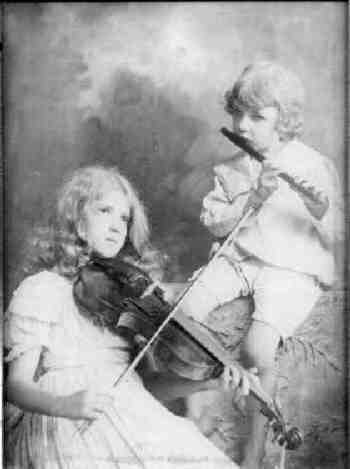
Figure 1.--This boy's relatively short hair cut and the fact that he was photographed without shoes and stockings suggests that this charming informal portrait was taken in the 1900s.


Figure 1.--This boy's relatively short hair cut and the fact that he was photographed without shoes and stockings suggests that this charming informal portrait was taken in the 1900s. |
Many of the formal portraits of children with their instruments show the boys in their best suits that they would have worn for recitals and stifly posed. Some mothers wanted more artictically posed photographs of their children. In some cases they wore more informal clothes for these portraits, often charming glimpses of the children and their instruments. Some of the children, for example, have bare feat, something that would never be permitted in a formal portrait or recital in the era before World War I and even unlikely before World War II.
Affluent and Middle class mothers in the early 20th century were very concerned with their children's cultural education. The children were often required to take dancing and music education. Mothers were increasingly disatisfied with the stiff, formal portraits of the late 19th century. They wanted a more artistic record of the their children bringing out the innocent, child-like nature of their children, of course with their instruments.
The desire to have more informal portraits were largely a phenomenon of the 20th century. Parents in the 19th century wanted more formal portraits. To a point this was the temper of the times. The technology of photography was also a factor. Film speeds were slow and the subjects had to pose stiffly. Also the camera equipment vailable made formal studio portraits the only real option for most people.
While many of these photographs were informal by the standards of the day, the children were not dressed in what we would see as casual clothing. Rather the desired image was one emphaziing a child's innocent, angelic nature. Thus sailor suits and Fauntleroy suits were common choices for outfitting the children. In some cases a air of informality adding to the image of inosebce was added by having the children pose without their shoes and stockings.
The boys in these informal portraits often have over the ears hair styles, longer than what most boys at the time were wearing. Earlier these portraits taken in America might have ringlet curls. Ringlet curls after the turn of the 19th century, especially by the 1910s had begun to decline in popularity. Thus the still long, but no longer shoulder length curls were the hair styles that often appeared in these informal portraits.
Related Chronolgy Pages in the Boys' Historical Web Site
[Main Chronology Page]
[The 1880s]
[The 1930s]
[The 1940s]
[The 1950s]
[The 1960s]
[The 1970s]
[The 1980s]
